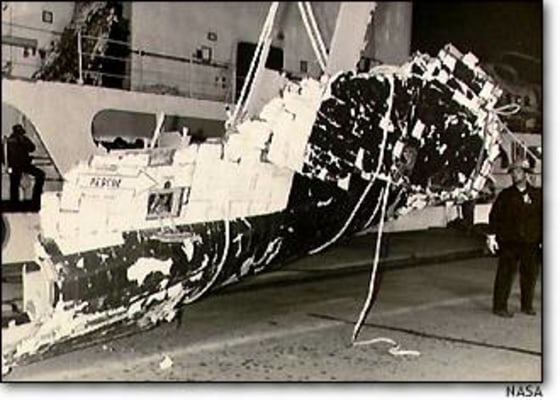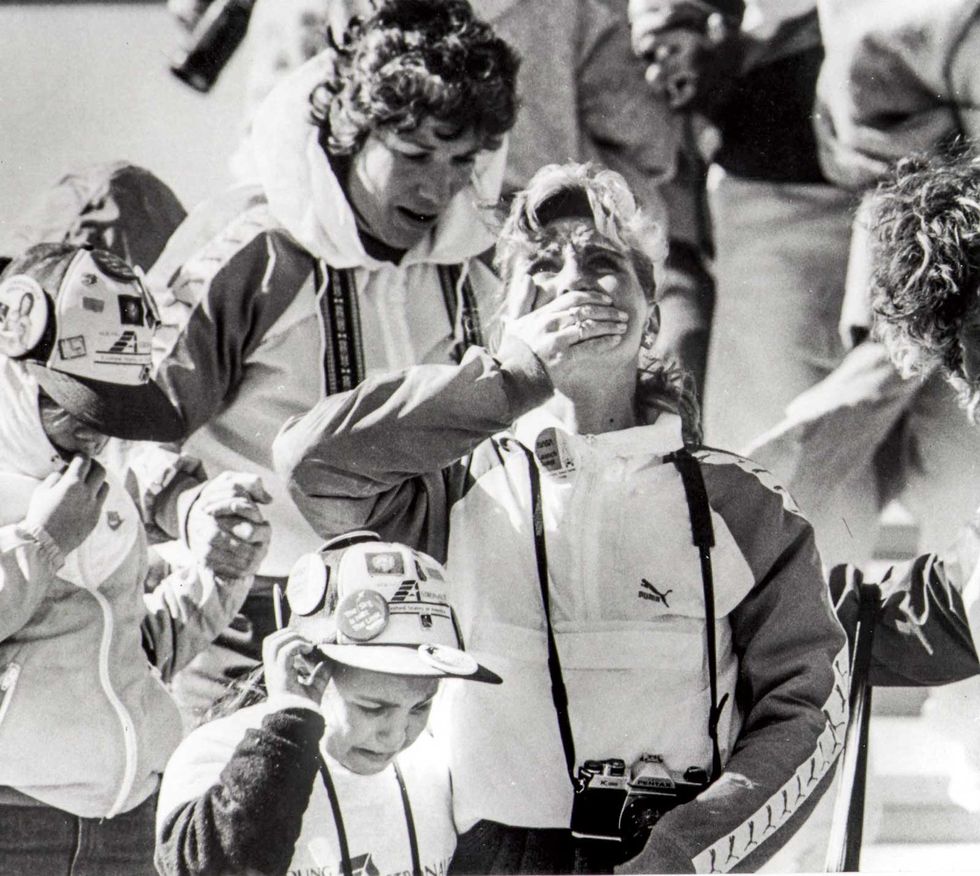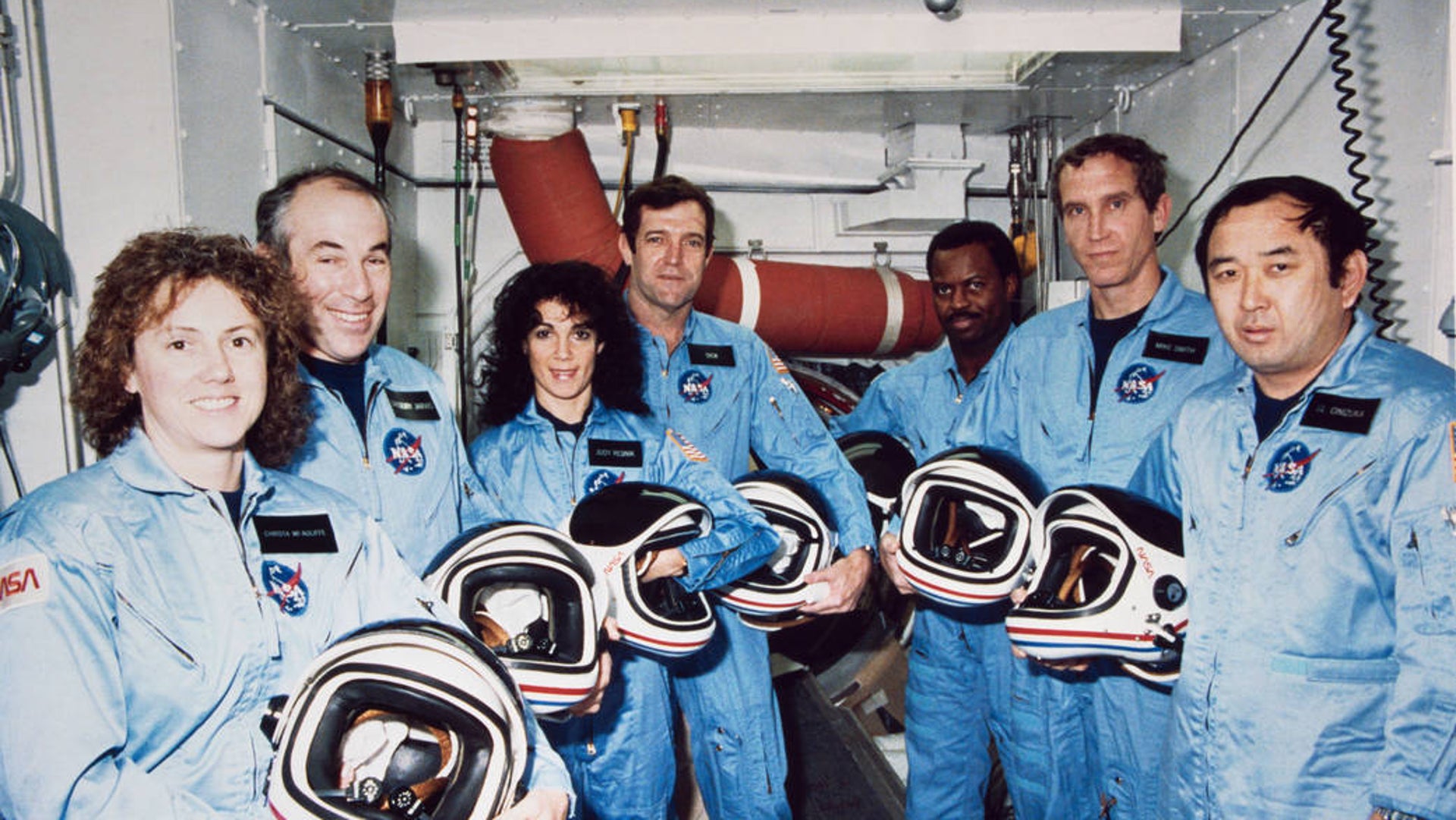January 28, 1986 — a date forever etched into the American conscience.
What began as a moment of triumph — a teacher joining the stars — became one of the darkest days in space history. Just 73 seconds after liftoff, the Space Shuttle Challenger disintegrated before the world’s eyes, scattering debris — and dreams — across the Florida sky.
For years, the haunting question lingered: What became of the crew?
Now, decades later, the truth of what happened in the aftermath of that fiery explosion paints a sobering picture of courage, tragedy, and loss.
In the weeks following the disaster, a massive recovery operation unfolded across the Atlantic.
The U.S. Navy, Coast Guard, and NASA engineers combed the ocean floor, retrieving wreckage piece by piece — fragments of the shuttle, personal belongings, and hauntingly, traces of the seven heroes who gave their lives for exploration.
Then came the discovery no one wanted to make.
On March 7, 1986, divers located the Challenger’s crew cabin, nearly 18 miles off Cape Canaveral.
It had remained eerily intact, preserved in silence on the ocean floor. Inside, investigators found the final evidence of the crew’s fate. The capsule had broken free from the explosion — but plummeted more than 12 miles, slamming into the sea at nearly 200 miles per hour.
There was no chance of survival.
Among those lost were:
👩🏫 Christa McAuliffe, the teacher who captured the nation’s heart.
👨🚀 Francis Scobee, the commander whose steady voice guided every mission.
👩🚀 Judith Resnik and Ellison Onizuka, brilliant engineers and pioneers.
Each of them carried the hopes of a nation — and together, they became its greatest heartbreak.
Recovery teams treated every fragment, every discovery, with reverence.
In a quiet ceremony, the astronauts’ remains were laid to rest at Arlington National Cemetery, beneath a simple stone that reads:
“They slipped the surly bonds of Earth to touch the face of God.”
But even as the nation mourned, questions demanded answers.
The Rogers Commission, formed in the wake of the tragedy, uncovered a devastating truth:
The explosion was not an act of fate — it was a preventable failure. A tiny rubber O-ring, stiffened by freezing temperatures, had failed to seal, allowing fire to ignite the external fuel tank.
It was a small flaw with catastrophic consequences — one that revealed deep cracks in NASA’s culture of risk and decision-making.
In the years that followed, the lessons of Challenger reshaped the future of space exploration.
NASA overhauled its safety systems, its leadership, and its philosophy — determined that such a tragedy would never happen again.
Today, the Challenger crew’s memory endures — not only in museums and textbooks, but in the hearts of dreamers, scientists, and students across the world.
Every January 28th, families, officials, and fellow astronauts gather at Cape Canaveral to speak their names and honor their courage.
💫 Their legacy is not one of death, but of daring.
They reached higher than most could imagine — and though they fell, their spirit still touches the stars.
👉 Stay tuned for our in-depth feature on how Challenger’s legacy continues to shape NASA’s modern missions — and the haunting lessons that still guide every launch today.





